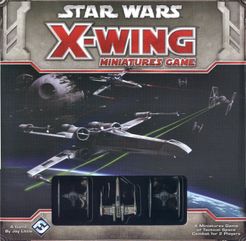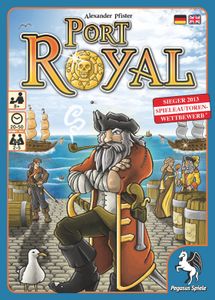Myself and Chris started by playing a miniatures style game,
‘X-Wing’, an unusual venture for us. I had bought a starter set when it first
came out but quickly realised that this could rapidly degenerate into a huge
cash ‘sink’. Also I have never been a Star Wars fan and, in fact, only watched
the first 3 films a couple of years ago, succumbing to pressure from friends. I
was not impressed; the plots were thin and characters, shallow. Therefore,
neither X-Wing nor Armada held strong appeal for me. Chris had bought a starter
set plus a few additional models, plus a game mat, so we decided to give it a
go.

I took the Rebels with an X- and a Y-Wing, versus Chris with
3 Tie Fighters. I soon discovered that the Y-Wing is a futuristic version of
the Austin Allegro; slow and heavy, with little punch but able to sustain
significant damage. It quickly went down in flames. The X-Wing is better,
whilst outnumbered it at least toasted 1 Tie Fighter, before joining the smouldering
Y-Wing. So, Chris was victorious. I think we both enjoyed the simplicity of the
game mechanics, and I’m sure my play would improve with experience. I like the
clean order planning mechanism, and combat was sharp and deadly. I prefer the
more agile craft, even if they are potentially more fragile. I would happily
play more games but I’m going to firmly resist the temptation of buying more
models; that is the road to madness (and penury)!

After lunch, Elaine and Val joined us for a game of ‘Port
Royal’. Surprisingly I had never played this game before. It is basically a ‘push-your-luck’
card game, with a loose piratical theme. It works well and takes little time.
As with all ‘push-your-luck’ games, there is a strong element of luck
(naturally!) and minimal strategy, but it is entertaining and worth the time
spent playing.

We finished the session by playing the second game in the
Century Spice Road series; ‘Eastern Wonders’. The game has the same economic
mechanism as the first game, but has added geographic movement and area control
aspects. Consequently, game play is slower and there is more to think about,
but the core economic mechanic remains the central feature. I got ‘pipped to the
post’ a number of times when going for objective tiles, largely because I
concentrated too much on the tile lay-out and failed to monitor my opponents
boards (a fundamental mistake). I like the game a lot. It is sufficiently different
from the first game to make it worthwhile and interesting, and I would be
curious to see how it melds as a combined game experience. If I had to choose
between the two games, I think I would slightly prefer the first game, simply
because the game play is so fast and so sharp.
No comments:
Post a Comment